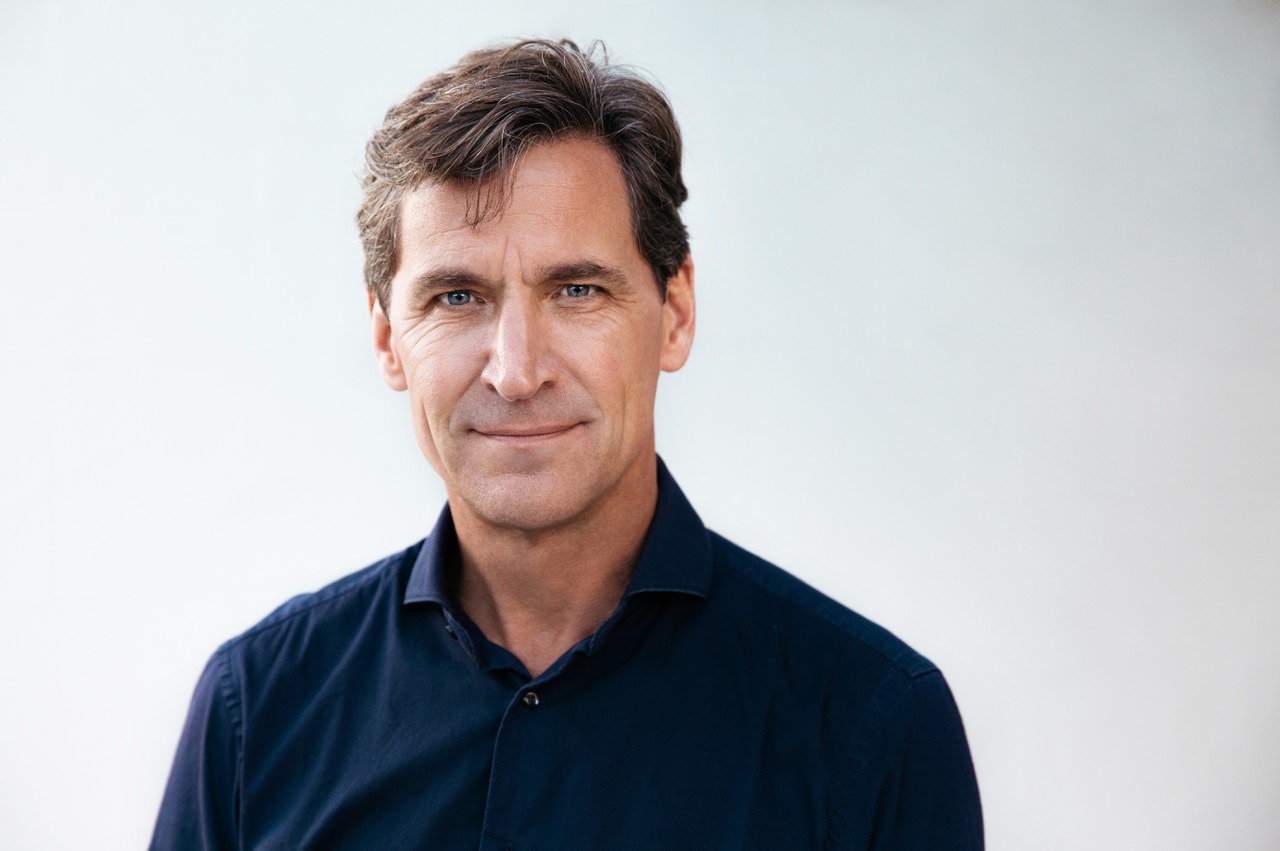The allure of organically grown products resonates with consumers worldwide, and cannabis is no exception. From Canada to Colombia, the quest for organic cannabis is reshaping markets and regulations, promising a future where quality and consumer safety are guaranteed in every harvest.
As more countries around the world legalize cannabis, global legal sales are projected to hit $58 billion in just four years. With expanded access, import and export regulations are expected to be standardized to simplify the global trade of cannabis.
Navigating Regulatory Hurdles in the United States and Canada
Despite the United States housing the largest cannabis market in the world, with the state of California leading the charge, it is unable to certify cannabis products as organic since the cannabis plant remains federally illegal.
With cannabis on the road to becoming a Schedule III substance, this opens the door to FDA oversight and could pave the way for the National Organic Program (NOP) and USDA to approve the organic certification of cannabis. Products that take the path to FDA approval and subsequent USDA and NOP approval for organic status would likely adhere to the current standards for foods and supplements.
Currently, all cannabis cultivators in the US are required to test their flower products for microbial content, pesticides, and heavy metals, with regulatory requirements set at the state level. The use of ionizing radiation technologies such as X-ray, gamma, and E-Beam are common methods for microbial control in the US and Canada.
However, under current USDA and FDA guidelines, food products treated with ionizing radiation are ineligible for organic status and are required to carry the Radura symbol on their labels. In Canada, the Radura symbol is also required for food and cannabis products treated with ionizing radiation.
Treatment protocols for microbial control present a critical challenge for cannabis cultivators, with ionizing radiation emerging as a controversial decontamination method. While effective, ionizing radiation alters the molecular structure of cannabis, raising questions about its impact on terpene profiles and other active substances in the plant.
As the industry grapples with these complexities, alternative technologies such as radio frequency (RF) offer a solution that aligns with US and Canadian organic guidelines and EU regulatory framework. Radio frequency technology has been used to pasteurize food products for decades. It is considered safe for consumer consumption by the FDA and USDA, as well as compliant with NOP organic processes.
RF is a non-ionizing radiation treatment. Unlike ionizing radiation, where heat is generated by an external source and is transferred gradually to the material moving from surface to center, RF generates heat inside the entire product mass – known as “volumetric heating.”
Once the bud enters the RF field, existing ions and polar molecules in the plant interact with the RF field, rotating in unison with it. This friction and rotation generate heat throughout the product, killing pathogens without overheating the plant surface or core. This preserves the sensory attributes of the plant’s terpenes and trichomes, as well as its color and smell, while effectively eliminating microbial content.
The Future of Organic Cannabis in Germany
Germany remains the largest cannabis market in Europe, with more than 30 tons of cannabis products imported in 2023. Although Germany recently legalized the recreational use of cannabis, the market is still largely driven by medical cannabis. As a medical product, all goods must be grown at cultivations with EU Good Agricultural and Collecting Practice (EU GACP) certification and processed post-harvest at facilities with EU Good Manufacturing Practice (EU GMP) certification.
In addition, producers must comply with regulations to control the microbial content of their flower. While ionizing radiation has been a common method for meeting these requirements in the EU, the rising costs, market delays, regulatory hurdles, and above all, consumer perception are driving a shift toward non-ionizing technologies such as radio frequency.
RF technology also brings one other advantage to the table—it does not require cultivators to obtain an AMRadV license.
Cultivators using ionizing radiation to treat their flower must secure an AMRadV license for each strain treated with ionizing radiation technology, taking up to 12 months and costing €4,500 per strain. This loss is completely avoided with RF treatment.
As a market leader in Europe, Germany is setting a precedent for the regulatory framework in other EU countries. With a preference for radio frequency technology, Germany is creating a landscape where organic cannabis has the chance to thrive.
Photo by Matteo Paganelli on Unsplash







